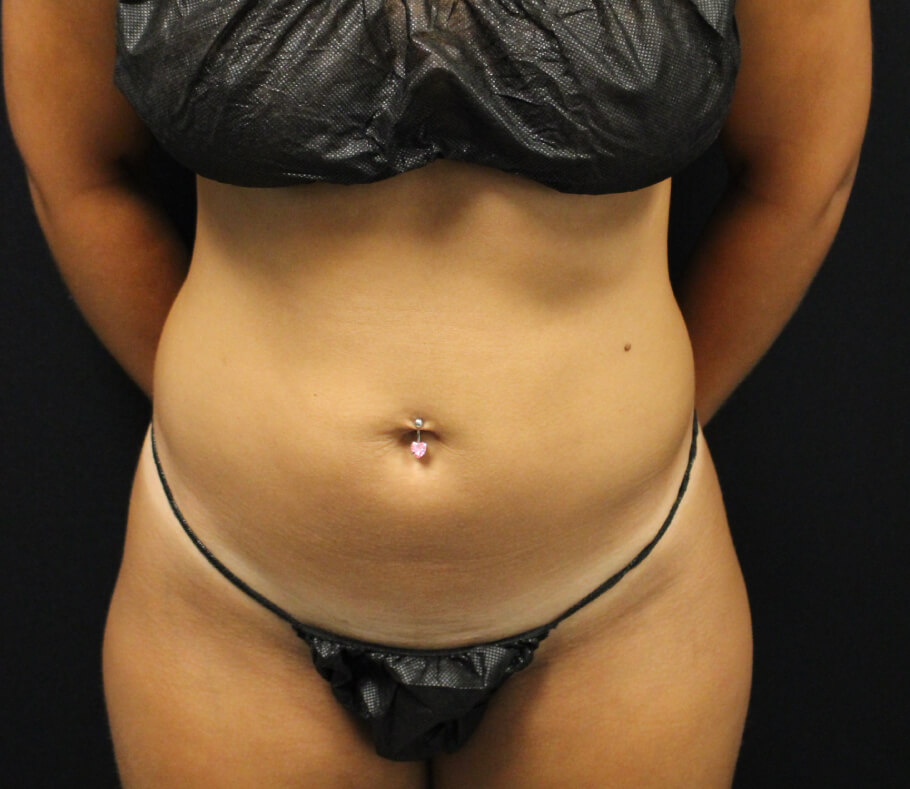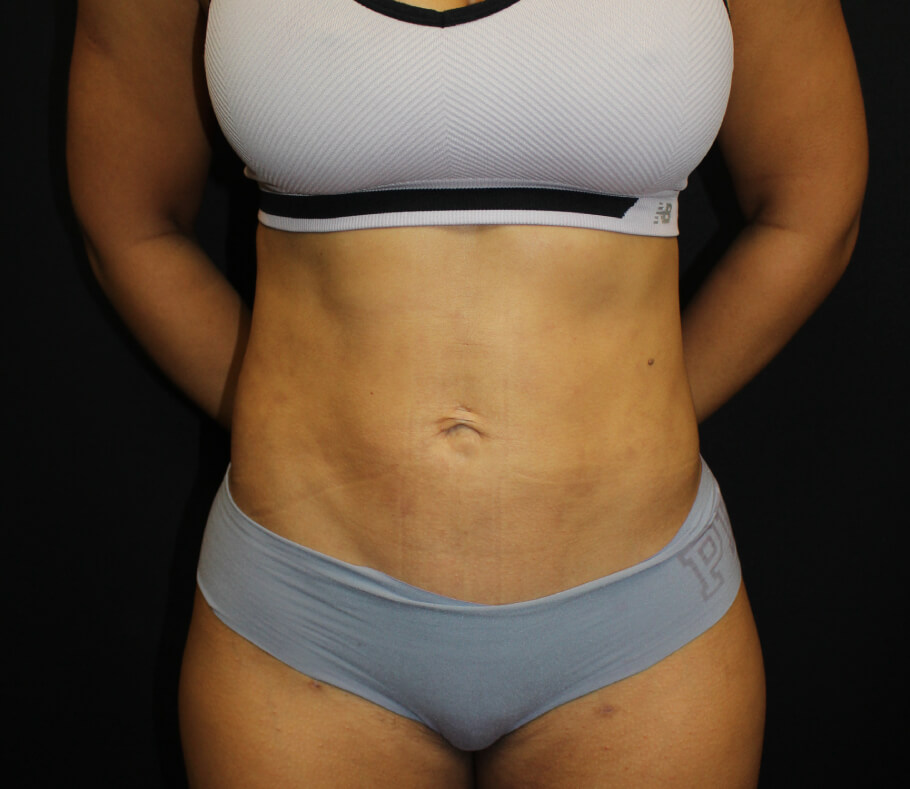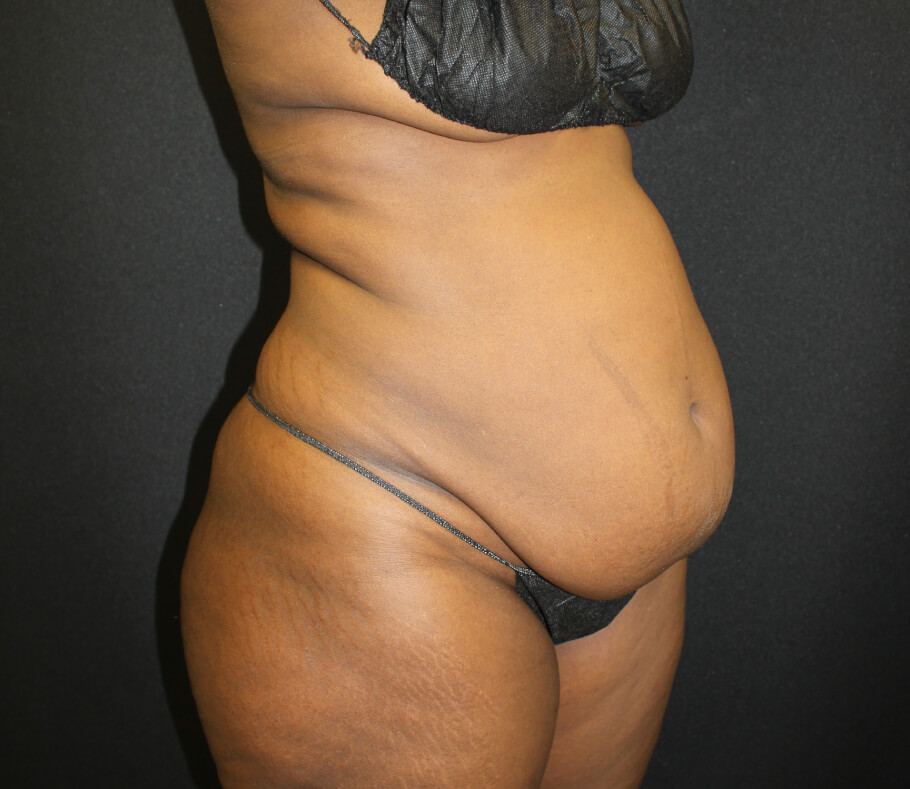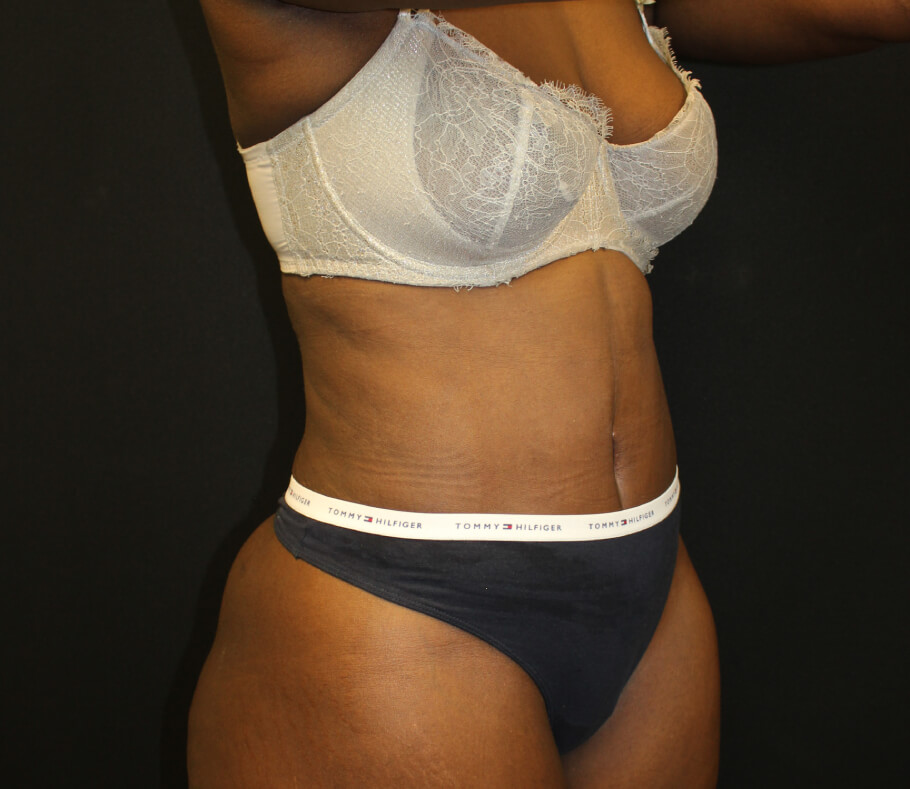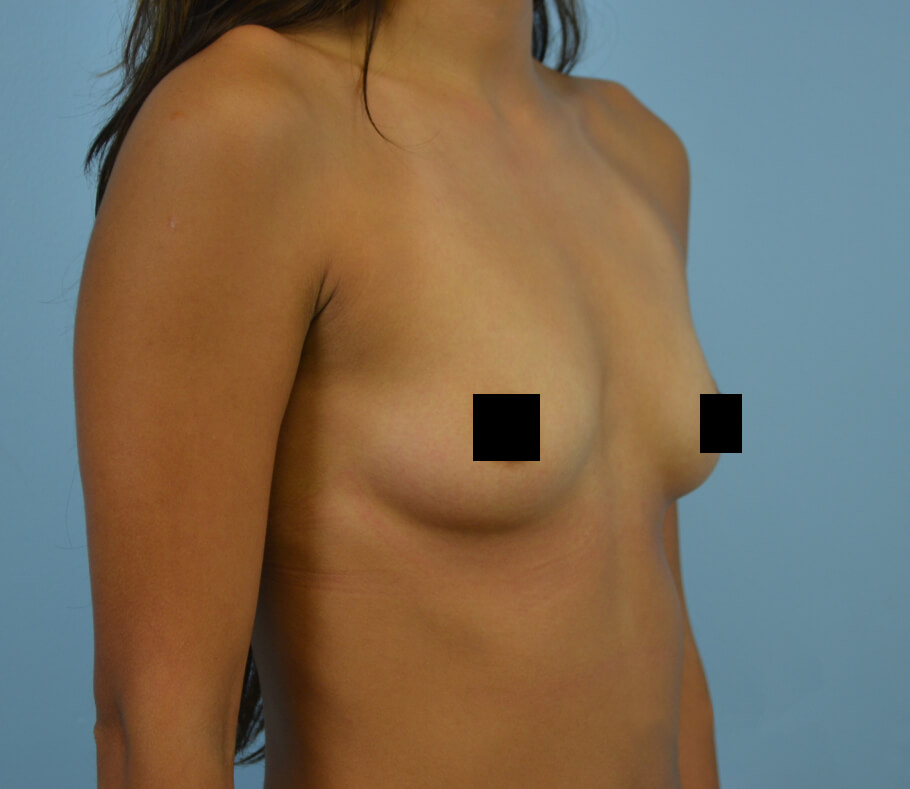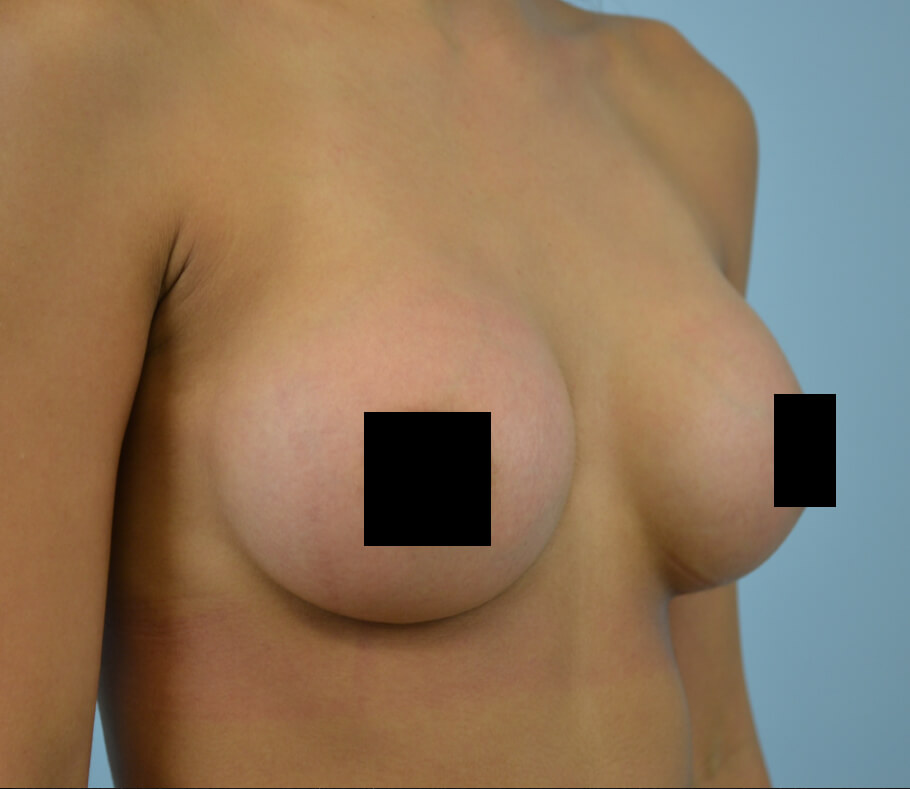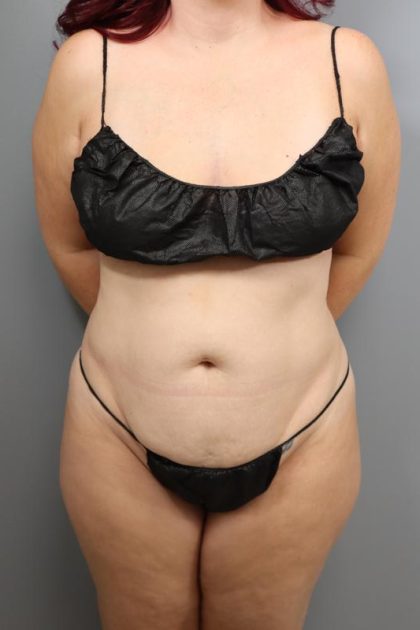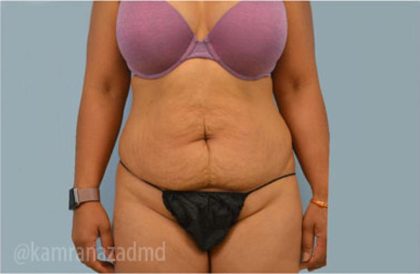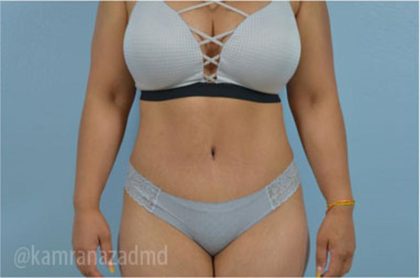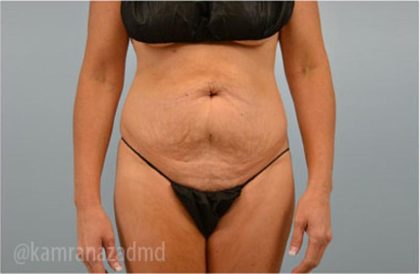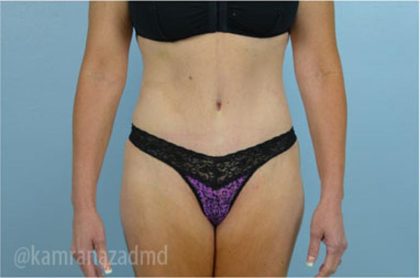Tummy Tuck surgery is a highly effective and increasingly popular treatment for patients with loose tissue after pregnancy or major weight loss. Even individuals of otherwise normal body weight and proportions can develop an abdomen that protrudes or is loose and saggy due to aging, heredity, prior surgery, or fluctuations in weight. According to 2015 ASPS (American Society of Plastic Surgeons) Cosmetic Surgery statistics, there were 127,967 tummy tuck procedures performed in 2015, which is a 9% increase from 2014 to 2015 and a 104% increase from 2000.
Before and After Photos
Tummy Tuck Surgery, also known as Abdominoplasty, removes excess skin and fat from the middle and lower abdomen, and tightens the muscle and fascia of the abdominal wall, resulting in an abdominal profile that is smoother and firmer than before. Recovery time from a tummy tuck surgery is highly dependent on the extent of the procedure, as it requires internal healing of the abdominal muscles as well as external healing of the skin.
Initial Tummy Tuck Recovery
Immediately following the surgery, the patient should take time off to rest for a couple days to allow the body to recover. When resting, either in bed or on the sofa, the patient should never lie on their stomach when recovering from abdominoplasty surgery. It is recommended to lie on your back, and it is important for your head to be elevated and your legs slightly bent with pillows underneath your knees for support. This position allows your skin to be relaxed and puts less tension on the wound. In addition Dr. Azad’s colleague, Dr. William Albright, recommends to his patients to maintain a flexed waist (bent-over) position while standing and sitting for the first two week after a tummy tuck. The patient should also keep movement to a minimum and drink plenty of fluids.
Binder and Compression Garments Following a Tummy Tuck Procedure
Following the surgery, a binder is often provided for patients to wear for 2 weeks. With a tummy tuck surgery, there is a tendency for fluid to accumulate in the under area of the abdomen. Wearing a binder helps keep this area under tension, therefore reducing the chance of fluid building up, and allowing the area to correctly heal. If the tummy tuck is combined with liposuction, the patient will wear a special compression garment to minimize swelling and prevent fluid accumulations. It is recommended for the patient to wear the garment for eight weeks to ensure that the abdomen heals properly. The compression garment also provides support and comfort when properly fitted.
Removing Surgical Drains
After tummy tuck surgery, most patients will have two or more surgical drains put in to collect excess fluid that collects behind the abdominoplasty incision. Each surgical drain consists of a clear tube that leads out of the body to a small bulb. The drain is often placed below the main incision through a very short incision. The bulb needs to be emptied when it is full, and often the patient is asked to chart how much fluid has been drained each day. The fluid collected may range from yellow to brown to red, though if the color is very red, smells bad, or exceeds a certain volume, your surgeon may ask you to contact them directly to address any issues one may have. Drains are often removed at your follow-up visit 3-5 days after your surgery, but depend on the amount of fluid still being collected in the drains.
Resuming Activities After Surgery
Most patients should be able to return to work 5-7 days after the surgery, and resume most activities after 5-7 weeks. After a tummy tuck procedure, it is important for a patient to maintain a healthy lifestyle to ensure optimal results, however, jumping back into a rigorous workout regimen too quickly after a tummy tuck surgery can make recovery more difficult and longer. It is important to start slowly and listen to your body. Patients may typically start to resume light exercise two weeks after the surgery, but heavy lifting of weight more than 15 lb, sit-ups, and crunches should not resume until 8 weeks after the surgery.
In order to ensure a successful operation with optimal results, it is important to listen to all of the post-operative instructions provided by your plastic surgeon, including attending follow-up visits so your progress may be monitored.
If you have any questions regarding the recovery process or want to request a consultation at Dr. Azad’s office in Orlando, please fill out the form below.
Contact
Please fill out this online form to request a consultation with Dr. Azad at our Orlando Plastic Surgery Office.
Dr. Kamran Azad looks forward to meeting with you to discuss your plastic surgery inquiries. You will find him and his entire staff at Azad Plastic Surgery to be pleasant, knowledgeable, and helpful. There is a reason why he is considered a top doc in Orlando and has hundreds of five-star reviews.
